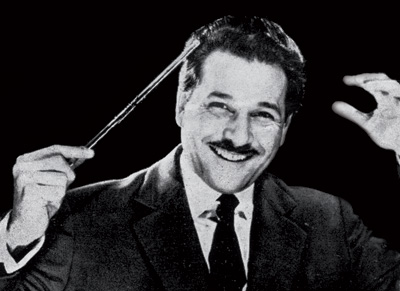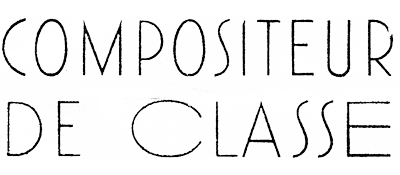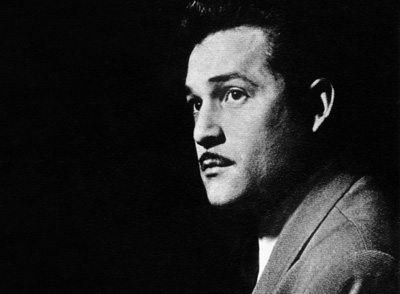
“Haunted by both the pressure of writing a piece of music with popular resonance and the need to constantly renew his links with his deep classical culture, Pierre Arvay came to focus his research on the development of techniques which would allow him to hone a style with a comfortable approach and an ever-more expert structure […]. All of this brings a sense of opening up new, unforeseen horizons, whose vastness will, it seems, soon amaze us.”

“Pierre Arvay wrote compositions in which intense, sharp expression presents a remarkable density. The pieces reveal music that is striking and captivating and which certainly holds a definitive place in French contemporary music.”
“Pierre Arvay is what we might call a symphonic poet. As such, he is a sound designer and a first rate creator of ambience […].”
“Pierre Arvay’s reputation is already well established in the world of musicians and musicologists. Known for his musical research and especially for his successes in inventing sounds and recording technics for the stereophony, Arvay has a magical gift for crystallising beauty and giving his compositions deep meaning.

“With Pierre Arvay, young blood flows through classical music, invigorating it and reviving its colours.”
“Pierre Arvay brings together two dangerous and contradictory virtues: an astounding skill that would enable him to succeed brilliantly in any genre and, at the same time, a flawlessness so demanding that even making things slightly easier seems to him a degradation. This attitude has caused many creative people to lose their inspiration. But fortune made him poor so he had to use his gifts to earn his living…”
“Mr Pierre Arvay excels in unusual choices and combinations for the orchestration of instruments that are not accustomed to working together on the same team. To this he adds a melodic gift and an undeniable biting flair.”

"Modern ballet companies should draw widely on Pierre Arvay’s works: with fine rhythm, full of colour and orchestrated by a sure hand, they offer a mine of varied suggestions."
"For amateur music-lovers of avant-garde symphonies, Pierre Arvay will undoubtedly be a revelation whose works must not be ignored, so easily will they arouse the passions of musicologists."
"How I like the second movement of Pierre Arvay’s Sonate! The melodic line is simple (as the piano only serves to reply or accompany) but joyful in the way it constantly reveals its elegiac outline and offers the performer jewels for recording."

“Pierre Arvay refuses to write and interpret avant-garde music, ‘natural’ music is enough for him. However, some new instruments, such as the ondes Martenot, help lead to spiritual escape. His compositions play their part in farce, comedy and irony and they assimilate into incidental music. I have faith in him […].”
“What is this work [Editor’s note: Images symphoniques]? Music concrète? Not at all. It’s just music.
Created with an orchestra like the other music yet it appears to reach a realism of which it did not seem capable. In La Forêt d’ombres, among other pieces, all that moves, cracks, trembles or vibrates in a forest, with the running of animals in the undergrowth, the humming of insects in the rays of the sun, the flow of water over the mosses or pebbles – all of that does more here than evoke itself: it all sings. Likewise, the long lament of the bassoon solo intensely marks Le 14 du mois de Nisan; the day that the Saviour died.”

“Pierre Arvay’s Images symphoniques are an indisputable testament to the art of writing and to the perfect understanding of the orchestra that the composer possesses. He seems to be guided by Stravinsky and, above all, Bartók. But whoever shows him the way, he expresses himself with a very personal sense of orchestral colour and engages in a great, picturesque and colourful game of sound painting. His melodies are very lyrical and expressive. […] Modern music, of course, but music that alludes to ‘traditional values’. And, through these pieces, a splendid demonstration of instrumentation.”
